Image
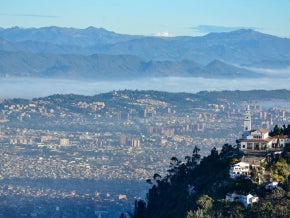
The GEF is becoming a leading champion for sustainable cities, and that matters
This autumn, the IPCC will publish its much-awaited special report on global warming of 1.5 degrees centigrade. For the first time, the world will have a clear scientific view of the rate and scale of emissions reduction is required if we are to avoid runaway climate change. It is expected to set…
Image
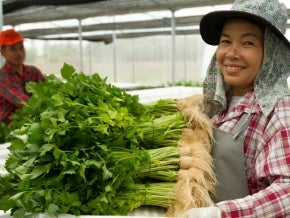
The results are in: five things we've learned about making progress toward environmental objectives while addressing gender equality
We know that advancing gender equality is one of the systems changes needed to achieve environmental gains – in fact, it is shown to be a driver of progress across many Sustainable Development Goals - but there is a lack of data and evidence about what works to succeed in this complex area.
UNDP…
Image
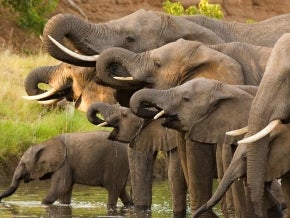
Ensuring a world where elephants aren't the next dinosaurs
On August 12, we celebrate World Elephant Day to raise awareness on the plight of the world’s elephant population. This is an important day for me, as the Program Manager of the Global Wildlife Program (GWP) that started two years ago to combat illegal wildlife trade across 19 countries in…
Image

The role of civil society in transforming environmental systems
How did a chemical supplier in Mozambique learn that its safety instructions were putting women and children in danger? How could female clam harvesters in Tunisia come together to create the first women’s trade union and go onto change national law? These are just two of eighteen inspiring stories…
Image
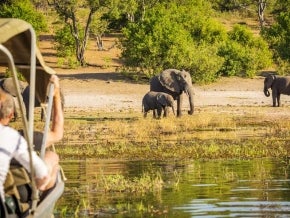
Leveraging PPPs in Mozambique to scale conservation and promote economic development
Over the last few decades, Public-Private-Partnerships (PPPs) have been used to build transportation, energy, telecommunications, and other infrastructure throughout the world. Value chains were established to foster growth in these sectors and significant experiences gained. A sector largely…
Image
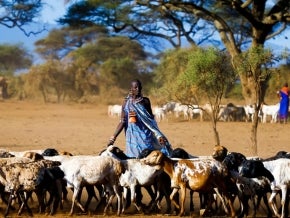
How can we feed the world and keep the planet healthy? We start by making smallholder farming more sustainable
People are already consuming at a rate faster than the planet can replenish. Yet the world’s population is expected to grow from 7 billion to 9 billion by 2050. This will considerably increase demand for energy, transport, buildings and food.
Agricultural production will need to increase to meet…
Image

From decline to recovery: a rescue package for the ocean
Our relationship with the ocean is at a crossroads. The decisions we take in the next five years will determine our future, our security, our very existence. They will make or break whole economies and dictate how and where we live. And there will be many more losers than winners should we ignore…
Image
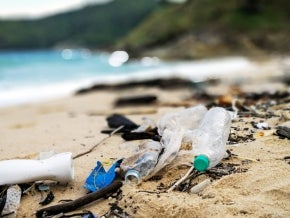
From local to global action, saving the ocean requires re-thinking our relationship with single-use plastic
You might care about the 100,000 marine mammals that die annually from plastic and you may be one of the 25 million viewers of the infamous straw-up-the-sea turtle nose video. Or it may simply be that you don’t want to eat and drink plastic, swim in trash or witness more shoreline devastation from…
Image
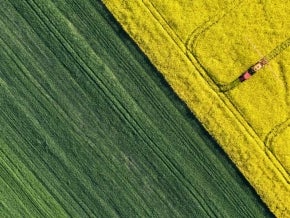
Our food system is broken: we must repair it
Let’s start with the good news. Humankind is living longer than ever before. Fewer of us are going to bed hungry. Improvements in diets and modern medicine have contributed to a 20-year increase in the average global life expectancy since 1960. The number of undernourished people has fallen from 1…
Image
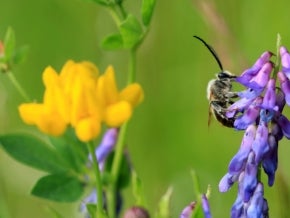
Science can help forge a new deal for nature
Biodiversity is life, all life on earth. The air we breathe, the food we eat and the water we drink are all only possible as long as we have healthy biodiversity - rich species diversity. The remarkable diversity of flowers filling the house on special occasions, trees and birds that help make us…
Pagination
- First page
- Previous page
- …
- 12
- 13
- 14
- 15
- 16
- …
- Next page
- Last page